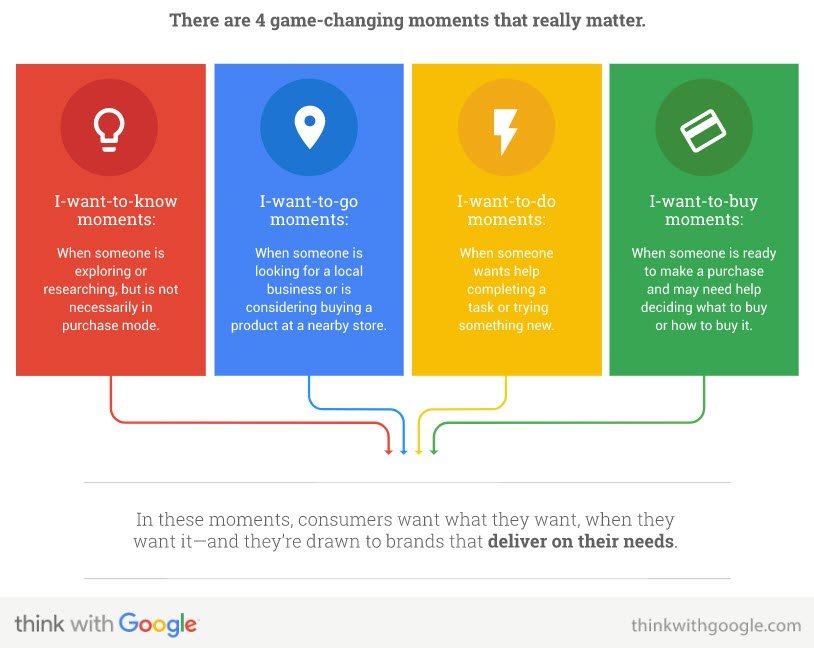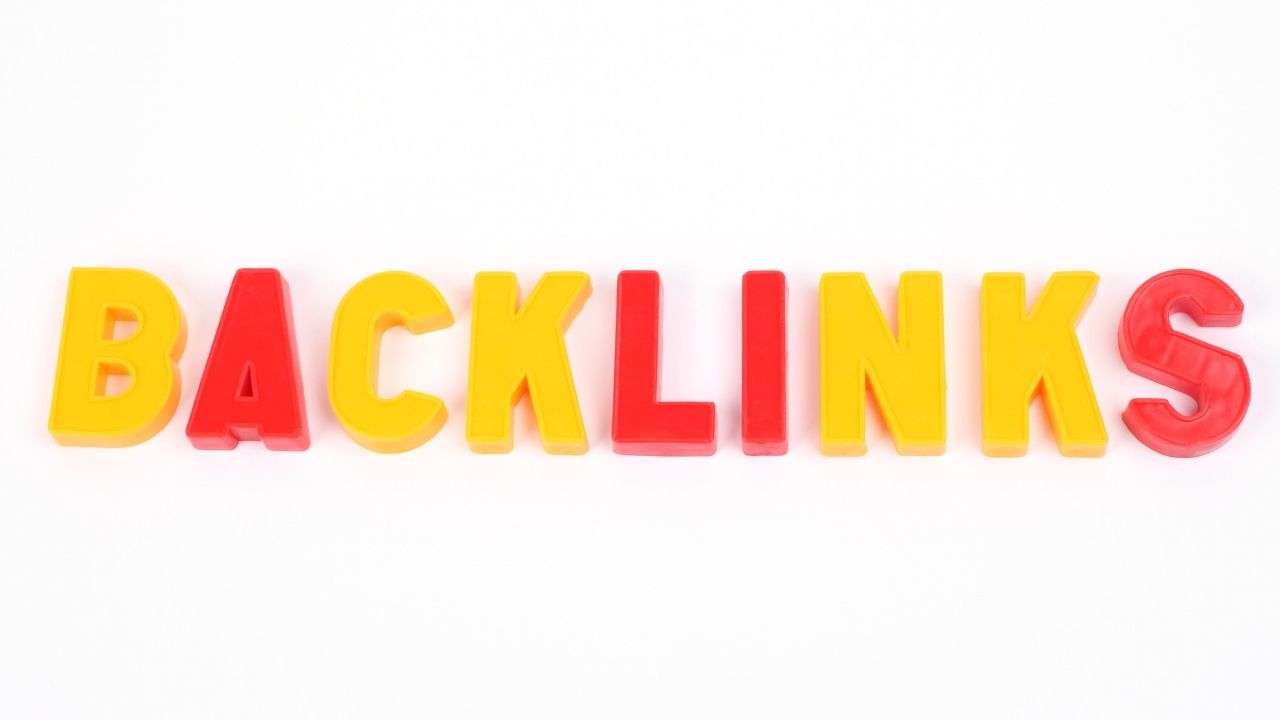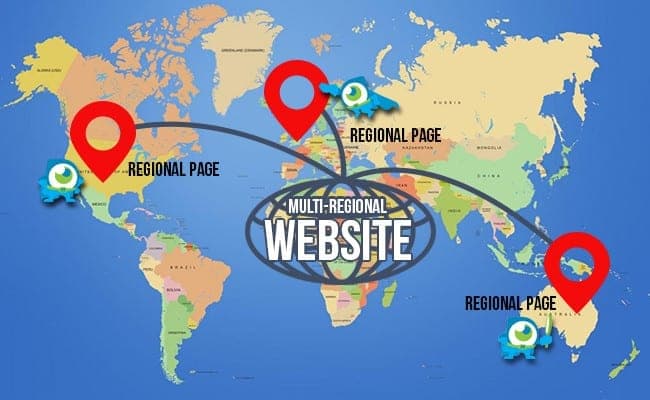
Google is a web powerhouse and has been synonymous with information retrieval. Jonathon Fletcher, twenty years ago, invented the first search engine that crawls the internet. This web giant would not be the same place it is today. Fletcher's invention, which was developed at the University of Stirling in Scotland is still used by many of the most popular search engines. But how did it get there? What should you know?
Objectives
Crawling a website's content is done to find links and relevant content. Search engine algorithms are programmed to collect billions of links and then sort them in seconds. They aim to deliver high-quality search results that meet a user's query. After crawling a website they analyze its content and code in order to determine if it's indexable. This information is used by indexers to rank pages and show content in search results.

Uniform policy
The content on a website can affect the best revisiting policy. For example, a proportional policy ignores pages that are frequently updated, while a uniform policy increases access frequency as the rate of change increases. A uniform policy favors freshness and a re-visiting strategy is more similar. A search engine should visit a webpage as often and as frequently as possible. It should also penalize pages that are too frequent.
Proportion
Google's percentage in crawling websites varies. While major search engines typically cover a substantial part of the public internet, this number may be misleading. One study showed that Google, Yahoo, and MSN index only 40 to 70 percent of the web. However, only 16% of the web was indexed by search engines in 1999. While crawlers do download some pages, they want to pick the best ones for indexing purposes.
Request rate limitation
Many third party platforms have limits on the amount of pages a crawler can call. This is done to stop crawlers from calling too many pages in a short time. The server can crash if the crawler keeps calling pages at high rates. A good solution is to create a crawl schedule that limits the number of requests from a specific IP address. A crawl schedule to limit the requests from a certain IP address is a good idea. But there are other factors.
Different types of focused crawlers
A focused crawler algorithm is one that uses a topic taxonomy to determine the topic. It makes efficient use of reinforcement learning to crawl a markup language. Human users are required to provide example URLs related to a topic. Once the user has given an example URL, the focused crawler routes the current webpage to the most relevant nodes. The user can also mark any nodes along the route. These nodes are then highlighted in the tree view.

Methods
Crawlers use links to navigate between pages. These links may have the nofollow attribute set, which tells search engines to ignore the link. Although crawlers can still follow the links on the page, nofollow links won't pass any link juice onto the destination page. This will not affect any links on the page but could impact the search engine’s indexing. In such a situation, a webmaster should implement a nofollow attribute to prevent crawlers from following links.
FAQ
How much does SEO cost?
SEO is a long-term investment and you will not see immediate returns. However, it's important to remember that the more people find your site, the more likely it is to rank higher in search engines.
There are many factors that influence the price of each service. These include keyword competitiveness and location.
How can I get started with SEO for my site?
Understanding what people are searching for in search engines such as google is the first step to getting a Google rank. This guide will assist you in writing content that Google ranks high. Check out our other guides about content marketing.
You'll need to start by creating a plan. Also, think about the keywords you want. There are two types keywords: broad keywords, such as "digital marketing", and more specific keywords, like "seo".
Next, you'll need to choose a few goals: increasing brand awareness, driving leads, or boosting sales.
Once you've defined your objectives, you're ready to start writing content! Here are some SEO tips.
After your content is written, you can publish it to your blog. This might mean updating your existing pages if you own a website. You will need to hire a web developer to help you create one.
Link to your content on blogs and other relevant websites once you've published it. This will make your content more visible and increase its exposure.
How can I get more Facebook traffic?
Facebook has many ways to increase your website's traffic. Facebook ads is one of your best options. You can target specific audiences with Facebook ads based on their interests, location, and demographics. You can even set a daily budget and see which posts perform well.
Statistics
- These guides are designed and coded 100% from scratch using WordPress. (backlinko.com)
- 93%of online experiences today begin on search engines. (marketinginsidergroup.com)
- Deleting those 10k pages is one of the main reasons that he improved his site's organic traffic by nearly 90%: (backlinko.com)
- Which led to a 70.43% boost in search engine traffic compared to the old version of the post: (backlinko.com)
- : You might have read about the time that I used The Content Relaunch to boost my organic traffic by 260.7%: (backlinko.com)
External Links
How To
How to Create a Successful SEO campaign
Creative writing requires that you know how to set yourself apart from the rest.
Most writers are similar. Writing follows the same patterns. They fall back to cliches and repeat themselves.
Breaking out of the patterns is key to developing new ideas. It's about thinking outside the box.
You must also find interesting ways to make you writing more engaging. You must think about what motivates your audience when writing for them. What turns them on? What makes them giggle? What makes them weep?
What is it that excites them? What scares?
These questions will help you think through your writing. Ask yourself why you think someone would care about your words. Why would anyone want to read your words?
Once you figure that out, you can begin to craft your story.
Start with your hook. Your opening line is crucial. It's the first impression your readers make of you. Be wise when choosing.
Next, decide whether your piece is going to be informational or persuasive. Informational pieces explain facts. Persuasive pieces persuade readers to agree with your views.
Finally, you need to decide whether or not you will be telling stories and giving examples. Stories are exciting. Examples show how something works.